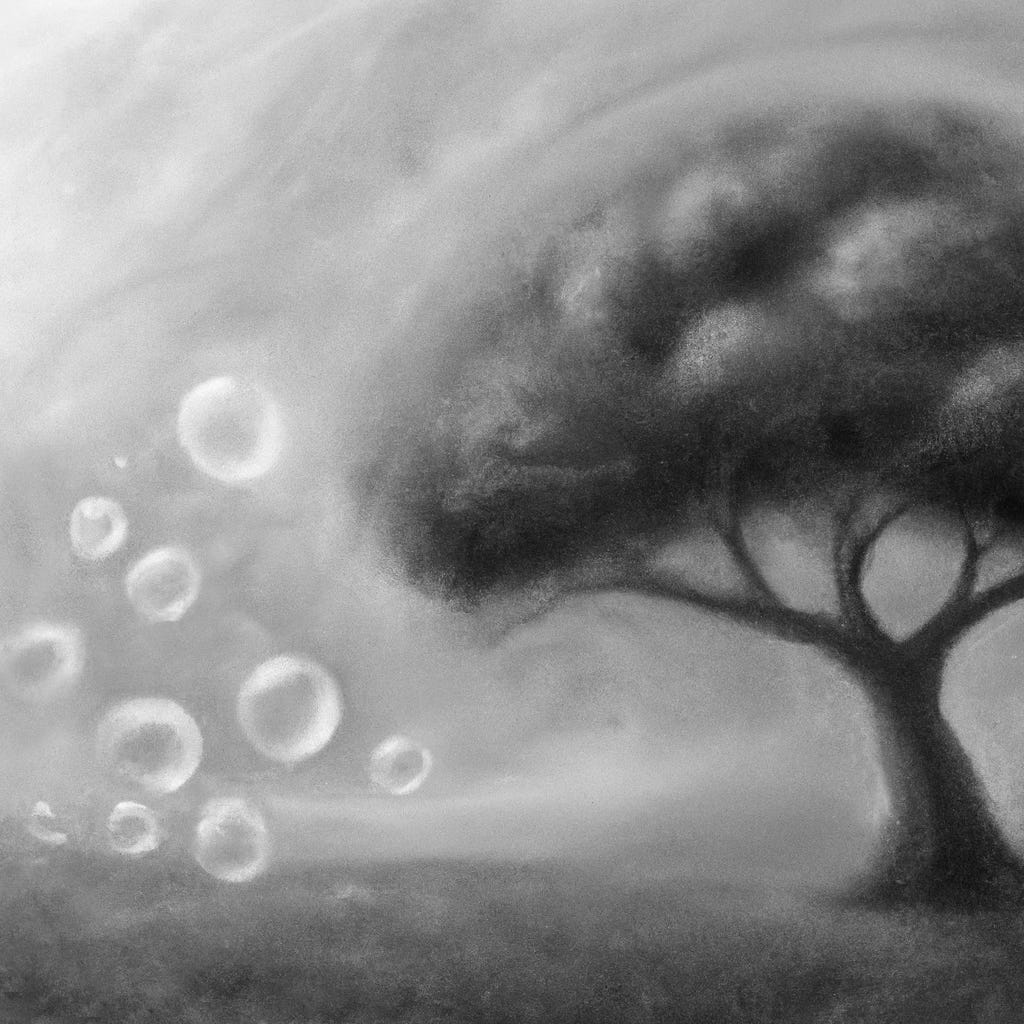The weak chase virality; the strong create movements.
Those who understand the mechanics of influence do not optimize for fleeting attention. They build structures that outlast them.
The pursuit of relevance drives many to chase trends, seeking the fastest path to visibility. This approach optimizes for engagement metrics rather than substantive influence. The problem is structural: short-term attention is mistaken for authority, and the ability to capture interest is confused with the ability to shape thought. Virality, by design, is ephemeral. The cycle rewards those who conform to existing narratives rather than those who create new ones. The result is an ecosystem of interchangeable voices, indistinguishable in their pursuit of more—more views, more followers, more temporary relevance.
Movements operate on different principles. They are not built on reactive engagement but on foundational ideas that rewire perception. Their architects are not concerned with volume but with depth. They do not ask how to get more people to notice them; they ask what structural change must occur for their ideas to become self-perpetuating. This requires a fundamental shift in orientation: from chasing external validation to constructing systems that make validation irrelevant.
The strongest ideas are not those that reach the most people but those that reframe how people think. This is why true influence is never a function of scale alone. It is the difference between an idea that spreads because it confirms existing biases and one that spreads because it forces a reconsideration of what is possible. The latter is not measured by reach but by its ability to shift foundational assumptions.
The choice is clear. The weak pursue attention, hoping it will translate into impact. The strong create frameworks that make their presence non-essential to the continuation of their ideas. Virality is a function of the moment; movements are a function of the inevitable. The question is not how to be seen but how to make seeing unnecessary.

